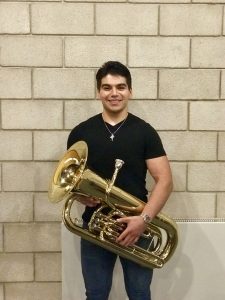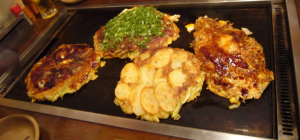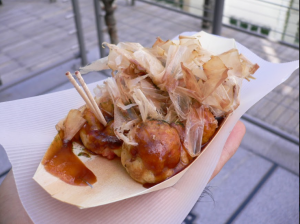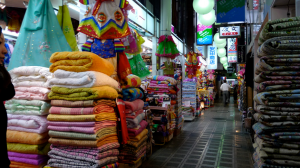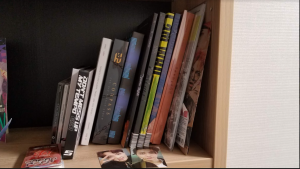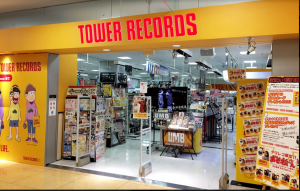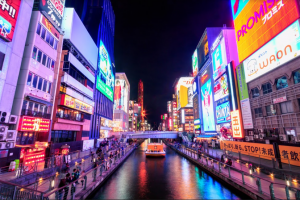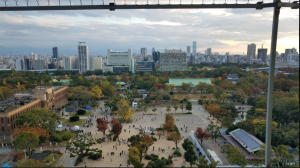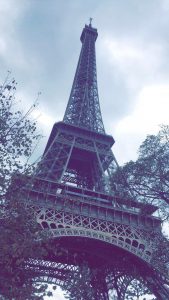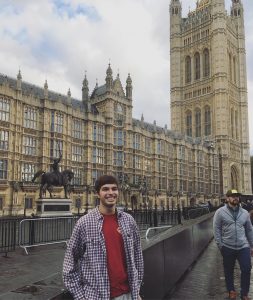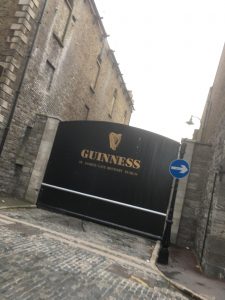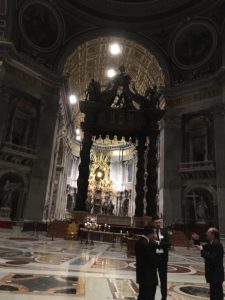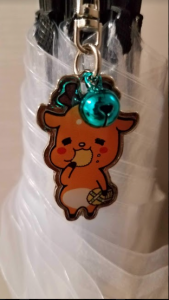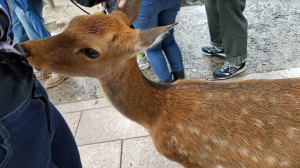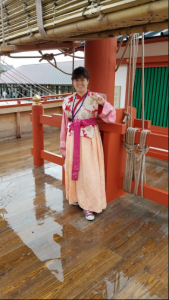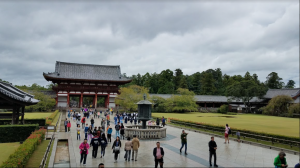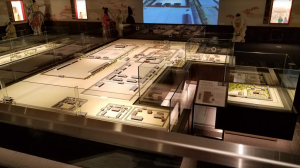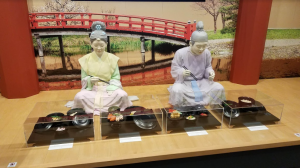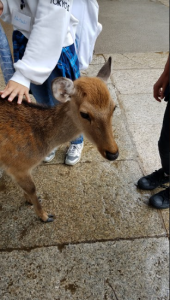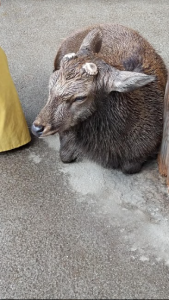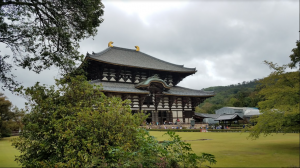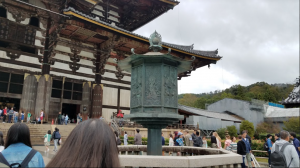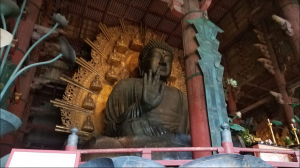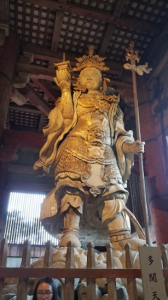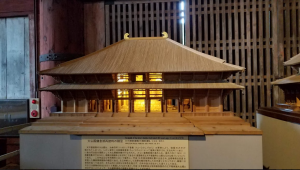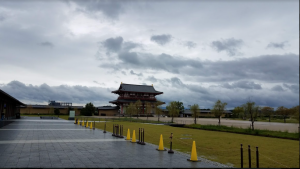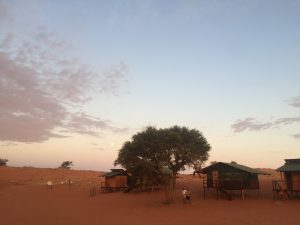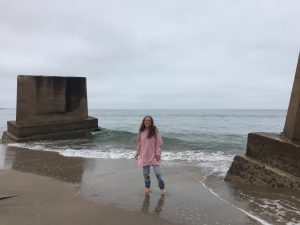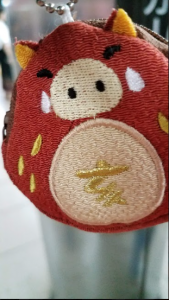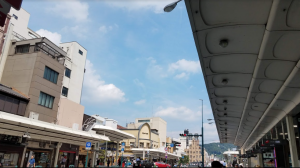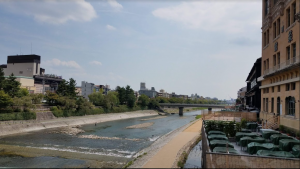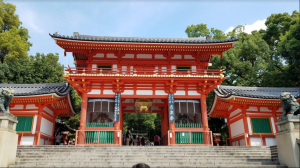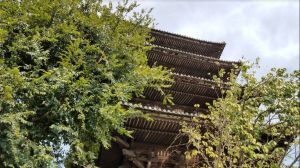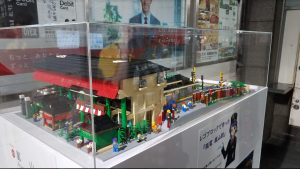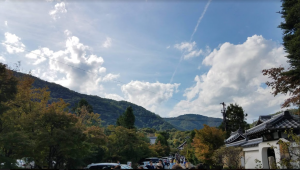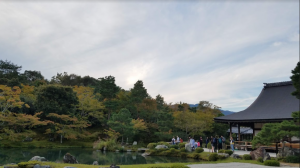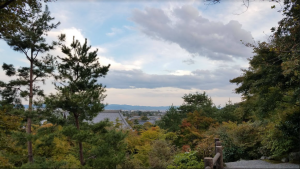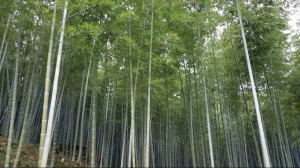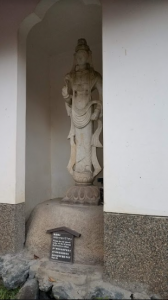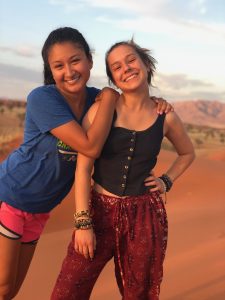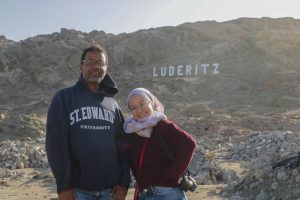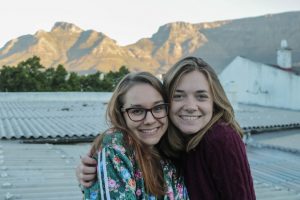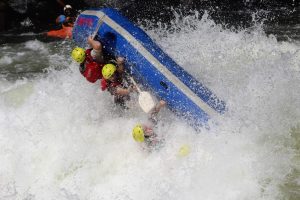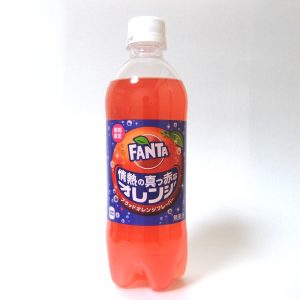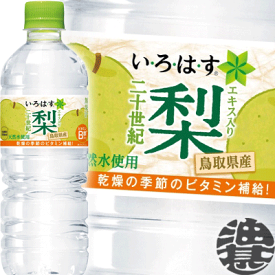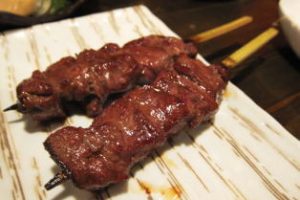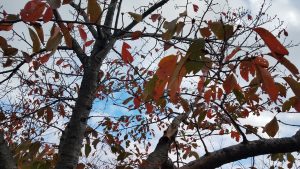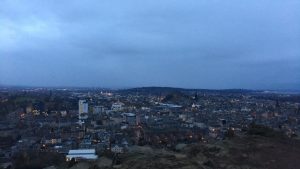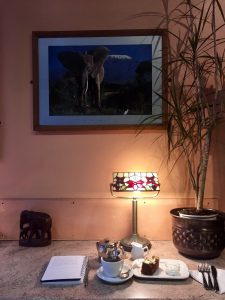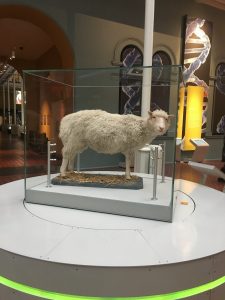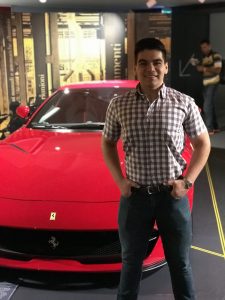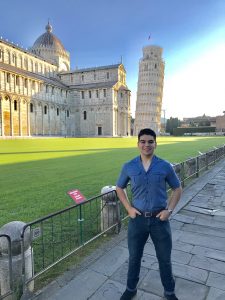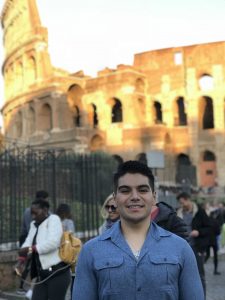Author: Ulises E. Hernandez
Location: Cambridge, England
Pronouns: He/Him/His
As we approach the end of our study abroad program, I feel that it’s time to reflect on what goes on in my life on a typical Tuesday in Cambridge. You might wonder, why Tuesday? Well, the Valparaiso University is partnered with the Westfield house which is part of the Theological Federation of Cambridge University. Every Tuesday, it is customary for all Valparaiso and Concordia students to meet for a social tea gathering that ends with an evening prayer service. That event takes place in the evening, so first, let’s backtrack and cover my entire day from the moment I wake up.
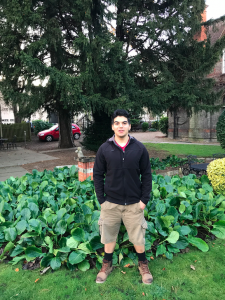
After my alarm goes off, I get up without hitting the snooze button at exactly 7 am. I get dressed and I make my way down to the bathroom to shave and brush my teeth. After that, I go to the kitchen and prepare myself three eggs, a cup of Greek yogurt and ½ of a cup of oatmeal. After I have prepared and eaten my first meal, I go back to my room to grab my backpack and clothes in order to later take a shower at the gym. By 8 am, I grab my backpack and bicycle keys and ride to a fitness center called Kelsey Kerridge, which is located about 15-20 minutes away from the Valparaiso study center. On Tuesday’s, I focus on deadlifting and the upper back muscle groups which take me about 2-3 hours depending on the day and my level of energy. After my workout, I cool down for 15-20 minutes by eating my second meal of the day which consists of a protein shake, rice, vegetables, and a piece of chicken breast. After my meal, I take either an ice bath, I get on the hot tub or I sit in the sauna for 12-20 minutes. My decision will be based upon the day and the intensity level of my workout, once I finish on those things I take a regular shower and I get dressed.
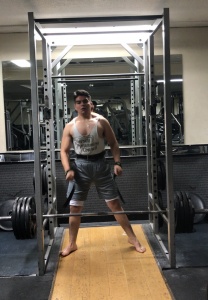
Tuesdays are usually my easiest day of the week because I only have a Marketing class that starts at 1 pm. This class is two-hours longs and the class is set up to be a more project-based learning instead of a conventional lecture. We will do some type of activity for the first hour which is usually market research based. For the second portion of the class, we usually tend to discuss our findings followed by a small lecture presentation done by the professor. After class, I will go back to Kelsey Kerridge to pick up my gym bag and I ride my bicycle back to the study center.
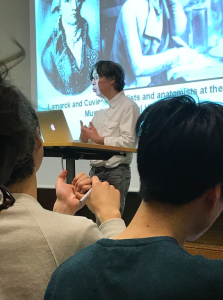
Once I get to the study center, I will prepare my third meal of the day which consists of the exact same thing as my second meal. After I eat my meal, I usually take about an hour to read for my next day classes. At 4:30 pm, we all meet at the Chapel for tea and that takes about an hour. We usually talk about events during the week that are usually planned by Cambridge University or about upcoming trips we plan on our own. After tea, we all go to the evening prayer that is most of the time organized by students. Last week I had the chance to play tuba for the first time since High School during service and it was a great experience! After Evening prayer, we all usually go back to the study center and some of us work on homework for a few hours in the living room. Usually, I’ll have my fourth meal at 7 pm which consists of the exact same thing as my second and third meal! After eating my dinner, I’ll go to my room and I usually do about 2-3 hours of reading for my next day classes. After the reading, I usually work on my final papers until 1 in the morning. This paper is typically very long and the entire course grade depends on them. After working on my papers and reading, I usually go downstairs to the kitchen to drink a protein shake and to brush my teeth in the bathroom. After that, I change and I get ready for bed. That’s my typical Tuesdays and I have two more Tuesdays remaining!
